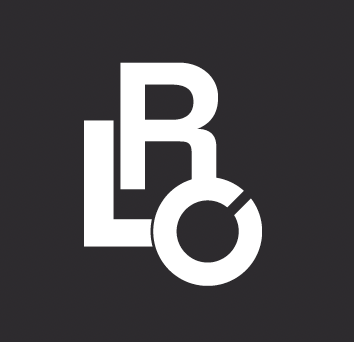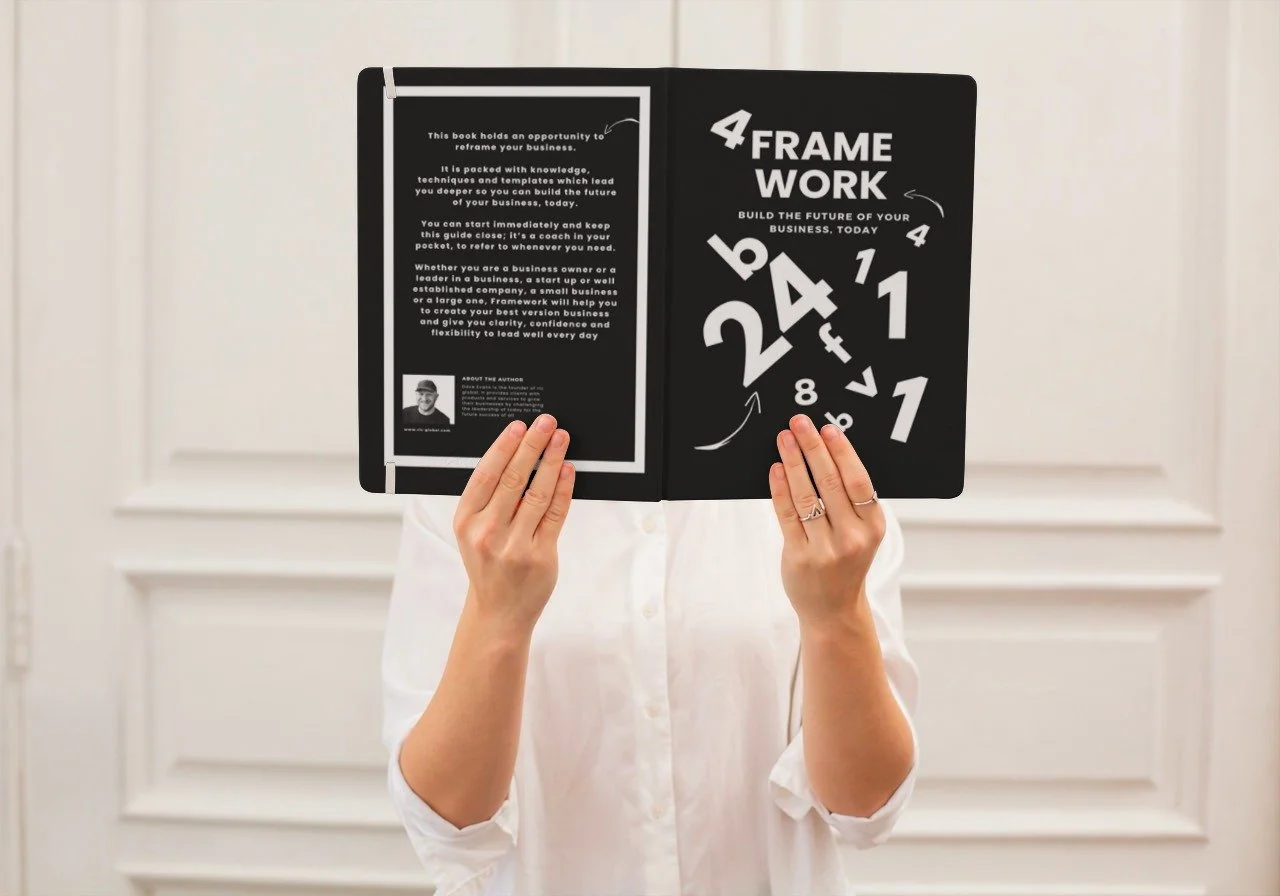Map Your Future
No business plan in 2020 had Covid contingency plan on it. No one had a crystal ball that told us exactly what will happen and 2020 taught us that very quickly. Our ability to map a business future is possible, and we are looking back at 2020 at four key areas that affected a business trading success and how we can learn to map our future success.
Preparedness
Ability to act
Agility to react, respond and pause.
Limitations of a 12-month perspective
Each of them shows us key things we can take from the year although a tough year, they allow us to see the good and the possible. Overall, these four areas show us that one of the things we can take from 2020 is an attitude of 'yes we can.'
1.Preparedness
2020 showed us invisible business interruptions. Covid was a surprise to many of us even though we knew it was coming. Even though governments worldwide knew it was coming, we were initially going along hoping it wouldn't go to our countries. Yet arrive it did.
Covid shows us that we can and must remember a critical business rule - Budgeting and planning for business interruptions, meaning anticipating things might happen; they are not part of your plan. 2020 should teach us to add this to our focus areas in the future. “What-If” planning is a positive activity, and not the negative gets actioned as.
2. Ability to react, respond and pause.
People worldwide have spoken about their ability to work from home suddenly, massive companies over enabled their workforce to suddenly set up a Home Office to take calls from this place. This example provides an excellent mindset that is repeatable if we apply this attitude to any new project in 2021 who knows what success in your future will enable.
Say it to yourself- yes we can- about any problem you encounter in your life and business. Choose: to apply this learning in many decision's in your future pulls up. RLC worked with Vodafone Business Call Centre teams and saw the 448-hour turnaround of working desks from the call centre to over 2,000 people operating from home from a business model that had been adamant working from home wouldn’t work for its seen great results and uplift.
We saw many businesses that removed any red tape, bureaucracy or rules to make things happen and protect their teams and business.
Twitter moving its whole workforce to home workers
Brew Dog Brewery turned its business to become hand sanitiser producer to maintain its teams and revenue
Netflix responding to customer needs to be in the home created Netflix Party connecting isolated families through TV, boosting its revenue and future opportunity to lead the field in quality productions.
Fitness business in London 1Rebel turning its sites in hospital sites to aid the uplift in cases and need for beds and space
Printing firms turning to make PPE on 3D printers.
Vodafone and Sky maintain employees and not furloughing them
Target Stores as an example of a company that extended benefits for all associates and their families. They immediately began to focus on drive-up and order pickup services in stores to minimize contact.
Many supermarkets now doing click and collect without contact
Budweiser, Carlsberg and Rémy Martin have partnered with e-commerce giant JD.com to provide online clubbing.
The National Theatre is live streaming critically acclaimed performances.
Expos now converted to virtual events with fully interactive apps, booths with avatars and private speaking
Spotify moving its platform from not just free content to offering and creating podcasts as it lost most advertising revenues had to pause to adjust and then boost its sales
RLC (ourselves), also converted all our workshops from face to face to virtual without disengagement or disconnection with the same NPS and delivery scores, plus results for our clients from the workshop.
3. Agility
Our ability to be lean, flexible, and agile are vital learnings experienced in 2020. Choosing to be like this is a great idea- building your organisational structures with leanness matched by Purpose. Too often we see companies with organisational structures that have no strategic purpose and therefore create excess time-wasting, too much structure and many layers, creating vast amounts of procrastination and duplication.
Being agile with structure depends on it having a purpose. Without this, how would you ever know when to flex the structure for growth or reduce it for stricter times in both cases, the strategic objective should answer the question for you. Being agile is about flexibility blended with leanness anchored on intent.
One of the industries that have suffered badly and have demonstrated the most astonishing agility is the hospitality trade. Hospitality has a clear purpose- serve our customer with the best product possible. The ingenuity and speed to help offer food in different ways have been agility demonstrated at its best. Restaurants were converting to takeaway and delivery service overnight. Service levels increased to help customers—the creation of outdoor pods and safe eateries. Venues converted to help other businesses and serve NHS. Collaborations and connecting companies that were once competition. Conversion to hands-free service, enhanced standards of hygiene and the needs of the customer being a priority. The hospitality teams and employee loyalty connection of great employers supporting their teams through one of the worst hospitality crises outside of war has been many profitable businesses showing the true agility in business.
4. Limitations of a 12 Month perspective
Twelve months perspective is a limited view as we have experienced through Covid. If every business managed by 12-month plans, it has limited its capability of survival and becomes negatively reactive, causing financial issues quickly. If you work in a company with a PLC board, capital investors, listed on the Stock Exchange, FTSE or NASDAQ, change may feel slower. However, you can quickly transition to it with clear communication and focus on every action that affects the client and employee alike. This requires a strong leadership team and the ability to demonstrate why it is needed, why its key, why it will help, what is necessary at every level, what is required by the individual, how each level can achieve it, how it is done and how it is not done.
Extending your business perspective, planning and strategy on 24 months period provides an essential viewpoint to see significant opportunities. From production opportunities, tangible business growth, people growth, and projects, each can build a level of flexibility that 12 months plan restricts.
The critical challenge is learned by the past 12 months when a crisis hits an industry; everyone's focus turns to that crisis. All projects, skill development plans get thrown out of focus, and we all focus on a single thing until the crisis passes. Like trading after experiencing a terrible winter, we realise how much work there is too. People in the business start to ask for plans, programmes, initiatives and the future focus all over again as if from scratch causing issues, mistakes and the worse collapse of a business. Seen across all large industries during Covid of mismanaged companies, either disappear or entering administration, (Bon Marche, Arcadia Group, Peacocks, Jaeger, Norville group, Oliver Sweeney the list is sadly growing).
With a new 24-month plan- you simply insert the appropriate amount of “agile and preparation”, (What If, contingency or reactive actions). Having time in the plan, adjust your focus, then reset to the plan- carry on with your business ensuring that it is communicated clearly and quickly for all to understand their role to make it happen.
Mapping Your Future three constants remain
#1- The Power of Purpose
In any period of transition or difficulty purpose brings renewed energy focus and self-autonomy- meaning your people can self-govern, work hard enough, know what to be focused on, and continue to service your customers. Having a clear, understandable and without ambiguity purpose creates a central point of reference- does this action connect to our purpose?
#2 Having a reason
You do NOT need a purpose, mission AND vision. CHOOSE ONE
Having leadership that can clearly explain:
Why the business exists
What and how you do as a business
How you make good decisions
all of these can be a mission, vision or purpose at the start of the story
Having leadership that can explain to all teams and employees how each affects their business role means the objective gets achieved for every action, goal, and business intention.
The vital essence of having a clear statement is that everyone knows what and how they're doing and puts your business's mission, purpose or vision first. The second most crucial part is allowing people to know how they're doing against it.
#3 The YFctr.
A why connection at every role and level in your business structure boosts the Mission and Purpose. Looking at the Why (Purpose) as a business and then disseminating it to an individual/role level is the leadership ownership that gets missed in many companies.
Using the Why Factor, you understand your business at every level. Enabling long-term, agility and adaptability and preparing teams for any eventuality. Asking your employees “Why do you even bother to get out of bed to come to work in the morning?” is a personal question and one that is different for each person distinguishes gaps and issues.
Understanding what it is they want from working
understanding how they will achieve success for themselves and the business
Apply this YFctr, and you're onto a winning formula.
MAPPING YOUR FUTURE - SO WHAT?
A lot of businesses have stumbled into the hangover of the pandemic, exhausted and not reviewing their learnings. It is critical that you understand your business in total and combining Preparedness, Ability to act, Agility to react, respond and pause and having a plan that extends beyond 12 months is essential. We recommend the following actions to help you:
Pulling together your lessons – look specifically at:
How prepared were you? If not, why not? What have you learned?
How fast and productive is your ability to act, respond and importantly pause?
How agile is your business and create a What If plan?
How have you represented loyalty to your business and employees? If not, why?
How does your leadership team represent the purpose and mission? How do they communicate it with clarity?
Do you know the why of your business and employees? Do you apply it through your purpose and mission?
Are you placing the importance of intentionality in 2023 + and beyond in your business actions?
Do you have a clear purpose clarity for your Y-FCTOR?
Do you have a business framework that allows you to be agile, prepared, and have a one-page plan for 24 months?
RLC Global has Business Framework Process that addresses the deep-rooted questions about your business. Making sure we take the steps, actions and reflections and put them into a structured and focused plan.
Having a framework allows you to be clear about what actions to take, what steps to follow and when to make changes before interruptions happen. It harnesses time, potential, and people and protects your business.
BUILDING YOUR FRAMEWORK
If you need help or would like to know more about the Framework Process, please feel free to get in touch with us directly. info@rlc-global.com
The Framework book written by Dave Evans rlc global founder shares the 24 month plan and how to build in your business today









